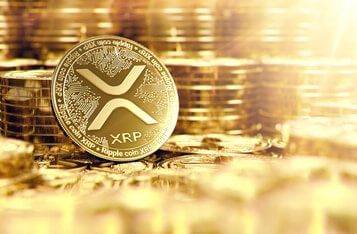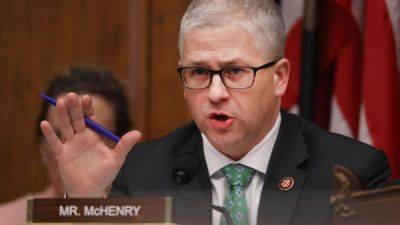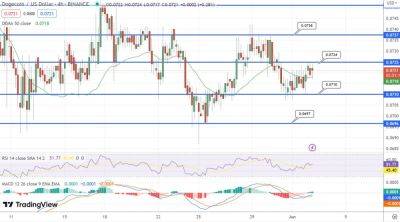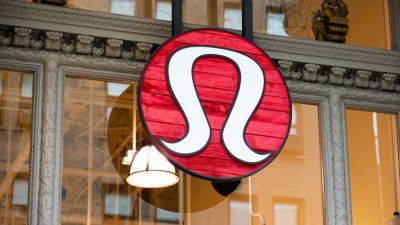Welcome to Cornwall! Please don’t ruin it for us local people
S o, you’re thinking of coming to Cornwall. Perhaps you’re here for a half-term break or planning your annual summer pilgrimage. But what do you really know about this seemingly perfect, picture-postcard holiday destination?
For example, have you ever wondered where the local people live? Or have you noticed that many of your holiday neighbours are recognisable in the narrow lanes of the pretty fishing villages because they are the same people you live near in London? If you talk to the local people – the ones who serve you in the fancy fish restaurants or who clean your bed linen and come out to your rental on a Sunday night to help with the sticky front door – they will tell you that they have been priced out of their own towns.
No longer can they afford to live in the shoreside fishing cottages (they might also tell you that their grandfather lived there as a boy), and anyway the village doesn’t have a bus service in the winter months, so they’ve had to move to one of the less beautiful inland towns for out-of-season work.
Many tourists visiting Cornwall in the holiday season do not realise the huge part played by water, and the lack of it, here in my home county. In summer 2022, we locals were asked by South West Water to ration our usage in the run-up to the holidays so that tourists had enough when they visited. In next-door Devon, restrictions have just been extended to a further 390,000 local people to conserve water for the coming holiday season. This summer we will probably face more water rationing, as suppliers have admitted that new treatment plants will not be ready in time for the annual doubling of our population.
The tourism industry, particularly in rural and coastal areas, is heavily reliant on healthy
Read more on theguardian.com

 theguardian.com
theguardian.com














